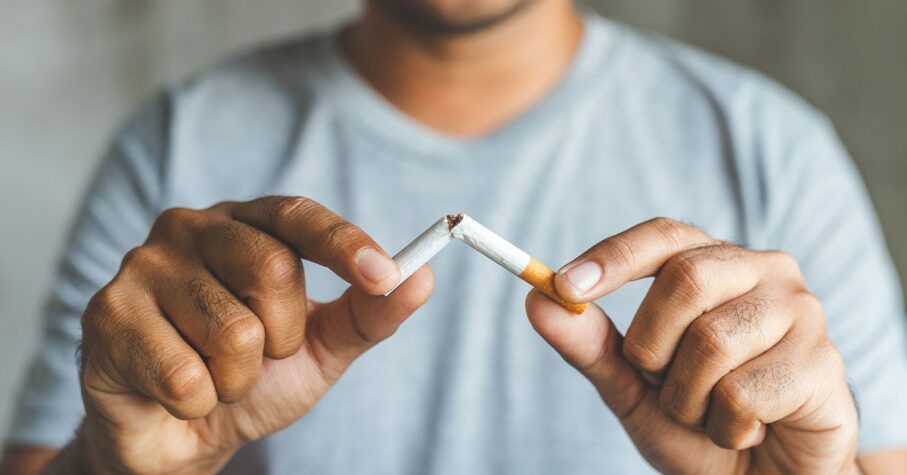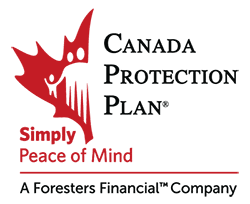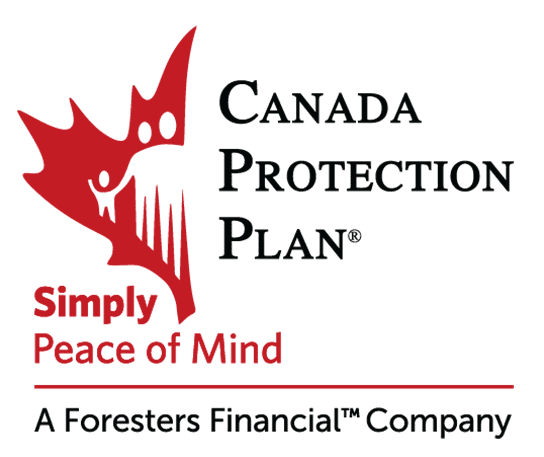
It is the time of year for New Year’s resolutions. The fresh start gives us a boost to make positive changes in our life. Few resolutions can rival the drastic, life-saving benefits of quitting smoking.
It’s no secret that smoking is an unhealthy habit. Nicotine, one of the chemicals in tobacco, is highly addictive, and many other poisonous chemicals found in cigarettes smoke are risk factors for several severe conditions, including lung cancer, heart disease, stroke, and chronic respiratory disease1.
If you are a smoker, you’re not alone. According to Statistics Canada, nearly five million Canadians still smoke. Though quitting can feel like an uphill battle, it comes with numerous health and wellness benefits.
We’re cheering you on. You have the willpower, and with the right plan, you can make 2022 the year you quit the habit for good!
Below, we’ll guide you through some options for quitting smoking and will share what you can expect to happen as you make the transition to a non-smoker:
Ways to Quit Smoking
If you’re reading this, chances are you want to quit. Whatever the reason behind your decision is, this is an essential first step in your journey.
You’ll need a plan, and, more importantly, you’re going to need to stick to it. Be sure to surround yourself with a supportive community that will encourage you to work towards your goal; this will be particularly helpful when cravings kick in, and you’re ready to light up. Recruit your family, friends, and doctors to help you along the journey.
Know that there isn’t a silver bullet when quitting smoking; there are many paths to success. Explore your options and use them to create your game plan.
1. Keep Trying
Don’t get discouraged if you slip up and smoke again. Quitting is about more than getting rid of a habit; you’re addicted to nicotine, and those cravings and withdrawal symptoms are challenging to overcome. Most people quit and restart many times before they stop smoking for good. Be kind to yourself. Your body and brain are healing; you’ll need willpower, but you’ll also need time.
2. Apps to Track Habits
Studies from the University of Waterloo revealed that social media and apps were effective in helping to increase the likelihood of quitting. Young adults who use social media and apps to quit were twice as successful in their efforts. Check out this link for a list of free and paid apps available in Canada designed to help you reduce your daily cigarette intake or stop cold turkey.**
3. Nicotine Replacement Therapy
Therapies like patches and gum can help with cravings and stress management, and in some cases have been found to double your chances of quitting smoking. These products work by releasing small doses of nicotine into your body to help satisfy cravings but help the smoker break the ritual of smoking. Many of these replacement therapy systems and products are available without a prescription. If you need additional support, your doctor may prescribe medicine. 2
4. E-cigarettes
Vaping products or e-cigarettes can deliver nicotine in a less harmful way than smoking cigarettes. Though these vaping products come with risks, some evidence suggests that using them may improve quitting success rates.
5. Mind & Body Practices
Quitting is about breaking habits. One key habitual element of smoking is lighting up to help ease feelings of stress or anxiety. Mindful exercises like tai chi or yoga may aid in your quitting journey. Studies have shown that yoga may boost self-control, reduce stress and withdrawal symptoms, and enhance mindfulness, helping to support and sustain successful attempts to quit.
6. Counselling
Quit counsellors offer confidential one-on-one support to those interested in quitting smoking. Smokers across Canada can access free quit counselling by calling 1-866-366-3667.
What to Expect as You Quit Smoking
As with any addiction, withdrawal from cigarettes can cause several short-term symptoms. Some may be uncomfortable and will feel challenging to power through. You may find yourself restless, irritable, lacking focus, or having trouble sleeping.2 Know that these are all typical side effects of nicotine withdrawal and will ease as you progress through your quitting journey.
It may be unpleasant at first, but there is an end in sight. Symptoms of withdrawal appear within one to two days, peak in the first week, and last about 2 to 4 weeks.2
Managing Cravings
The nicotine in cigarettes is highly addictive; it stimulates the nervous system to release certain chemical messengers – like adrenaline and dopamine – which act upon different parts of your brain and body.2 Over time, your brain becomes hooked on the effects of these chemicals. As the levels in your blood drop, your brain will crave them, leading to an urge to smoke. What can you do to manage these cravings? Here are some practical activities that deliver good feelings (and emit similar chemical responses) to help you cope with cravings and other nicotine withdrawal symptoms:
- Get active. Exercise can help reduce cravings by releasing adrenaline. This can also help reduce stress, reducing the trigger to reach for a cigarette.
- Seek medical assistance from your doctor to help you successfully quit smoking.
- Focus on breathing, particularly during the times when you would typically reach for a cigarette (i.e., following a meal or during your coffee break).
- Keep your hands or mouth busy when you feel a craving coming on; grab a healthy snack or try out a hobby that uses the hands (knitting is a great, therapeutic activity that you can take anywhere).
- Avoid interacting with smokers, particularly in the first few weeks of your quitting journey. This can help you avoid cravings and break your smoking rituals. Or join a support group of other smokers trying to quit; share what has and hasn’t helped with suppressing cravings. You never know what unique yet effective tips you may learn from someone navigating the same challenges.
Benefits of Quitting Smoking
Soon after you quit smoking, your body will begin to experience positive benefits:3
- In as little as 24 hours from your last cigarette, you reduce your risk of a heart attack.
- After two weeks, the airways in your lungs start to relax. Overtime (1 to 9 months), you’ll increase the amount of air that you’re able to breathe into your lungs, and you’ll cough less.
- After one year, you reduce your risk of coronary heart disease by 50%.
- After ten years as a non-smoker, you significantly reduce your chance of dying from cancer.
- On top of this, you’ll enjoy lower blood pressure, whiter teeth, and a boost in energy and endurance.
Another positive benefit of quitting smoking is more affordable rates for life insurance. Think back to when you talked to your insurance agent about life insurance. The chances are that the first question they asked you was if you smoke. That’s because of the long list of health risks associated with smoking. To qualify as a non-smoker, you need to be smoke-free for at least 12 consecutive months before application. As a non-smoker, you may pay lower rates for life insurance as financial protection for your loved ones. Add those savings to the amount you’re keeping in your wallet by not buying cigarettes, and you have made a significant positive financial change to your life!
You Can Do This!
Quitting smoking is one of the best things you can do to improve your quality of life. It’s never too late! Once you commit to calling the next cigarette your last, the countless health (and wealth) benefits of being smoke-free will make you wish you’d made the choice sooner.
Make 2022 the year you embrace life without cigarettes – we’re cheering you on!
** Canada Protection Plan and Foresters Financial do not endorse any apps used for the purposes of assisting with quitting smoking. Individuals should do their own research to determine which app, if any, is right for them.
Canada Protection Plan, Foresters Financial and their employees, agents and life insurance representatives do not provide, on Canada Protection Plan or Foresters behalf, legal, estate, health, medical or tax advice. Consult your physician or licensed healthcare professional for any questions or information about your medical care.
Already quit smoking? Congratulations! If you are an existing policyholder, contact Canada Protection Plan or your insurance advisor to find out how this positive change may impact your premiums.









